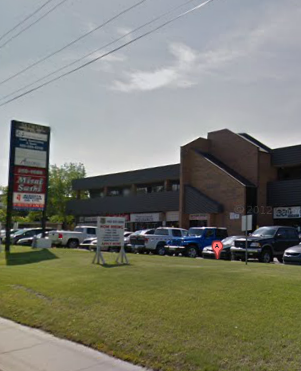The word bankruptcy comes from the Italian words “Banca Rotta” which means bench broke. There are two types of personal bankruptcies; the one you choose is based on your financial abilities and amount owed to creditors. Bankruptcy is simply explained as a person who does not have the ability or capability to pay their debts. Bankruptcy is initiated by an individual (the debtor) and is imposed by court order. In the United State bankruptcy is under the jurisdiction of the Federal Government. Even though the Federal Government has jurisdiction over bankruptcies, state laws often overrule federal bankruptcy laws, particularly in who qualifies for bankruptcy status.
The purpose of a bankruptcy is for the debtor to get relief from their creditor(s). An individual files a voluntary petition to initiate the bankruptcy process. The bankruptcy process includes filing for bankruptcy status and eventual discharge of debts. After filing for bankruptcy, there is typically a waiting period for discharge of debts. During this waiting period the court could order an assessment of the financial abilities of the household or entity. Financial education courses may also be required by the court. This may be required to minimize the risk of a future bankruptcy.
The United States Bankruptcy Code includes 2 types of personal bankruptcies. The following is a brief description of each bankruptcy type:
Chapter 7 is the most common type of bankruptcy in the United States. An individual filing for a Chapter 7 bankruptcy must meet the requirements of the “means test for eligibility”. Eligibility for the chapter 7 bankruptcy allows the creditor to repossess any property used as collateral on debt that will be discharged in the bankruptcy. The bankruptcy trustee may also liquidate any non-exempt property and distribute the proceeds to any unsecured creditors. Exempt property typically includes: (1) clothes, and (2) household goods. Other assets such as: (1) social security payments, (2) unemployment compensation, (3) older automobile with little value, (4) tools used for work, and (5) books are also excluded from liquidation (may vary by state). Some debt may not be discharged by the courts. These include: (1) federal debt, (2) tax liens, (3) student loans, and (4) alimony and child support. Each state sets the limit for how much property can be exempted in a bankruptcy. The Chapter 7 bankruptcy can only be used by an individual every 8 years.
The Chapter 13 bankruptcy allows the debtor to keep all their possessions and assets, but they must accept a payment plan (based on their income) to repay their creditors. The repayment amount is based on the debtor’s income, expenses, value of property, and debt being discharged. The repayment plans usually are for 3 to 5 years but can be paid off earlier if the debtor is able. The Chapter 13 bankruptcy requires proof of regular income and has income limitations. Payments under this bankruptcy type are made to a trustee. The trustee is responsible for payments to the creditors. Chapter 13 bankruptcy does not require repayment to unsecured debt and medical bills.
In a Chapter 7 bankruptcy, the debtor may lose property and assets whereas the Chapter 13 bankruptcy allows the debtor to keep all of their property and assets. The Chapter 7 bankruptcy has no repayment requirement, whereas Chapter 13 has a 3 to 5 year repayment obligation based on various factors. So, which bankruptcy option is better, the Chapter 7 or Chapter 13? It depends on many factors, which may include your employment, income, health, and age. It is always in your best interest to consult a knowledgeable attorney for bankruptcy advice.






More Stories
Nigeria Deleted From The Major Drug List
God’s One Government Has Two Branches!
Spying on Your Cheating Spouse Could Land You in Jail